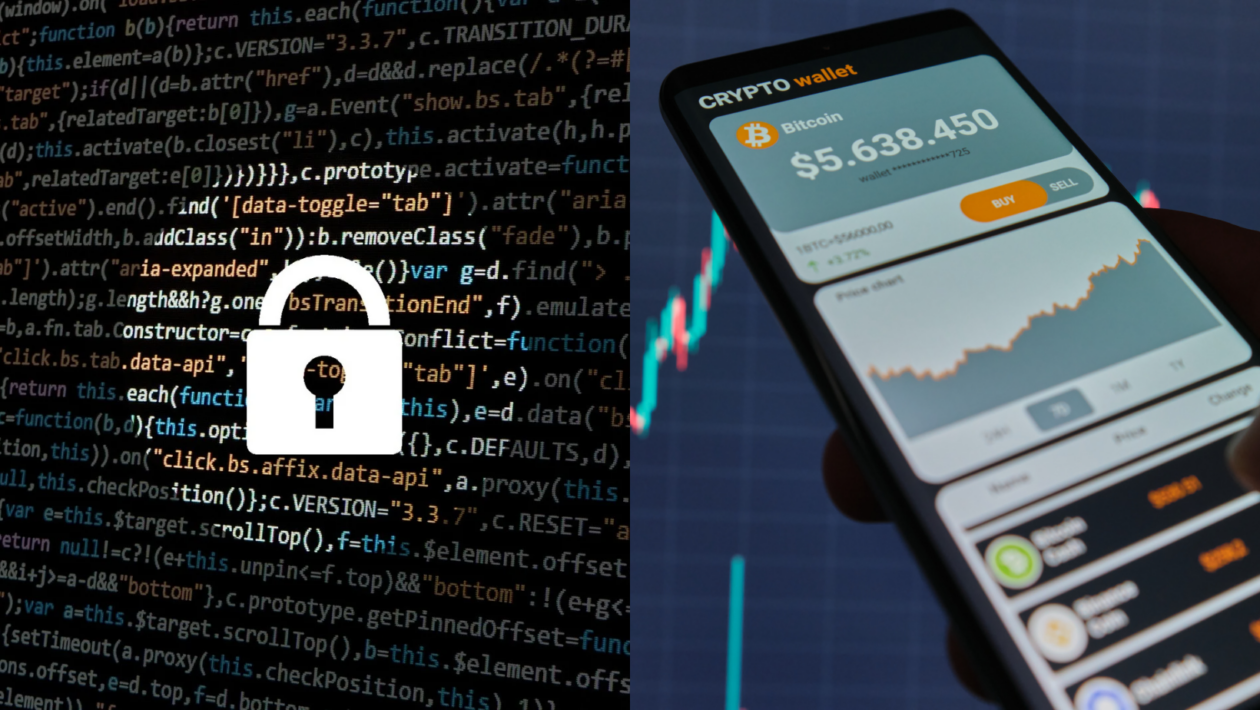The recent spate of hacks, bankruptcies and lost seed phrases has given rise to a range of crypto wallet applications to securely store private keys associated with cryptocurrencies. As users seek to maintain full control and ownership of their digital assets, many are embracing the self-custody mantra — taking security into their own hands with a permissionless wallet security infrastructure.
But this comes with a new set of challenges, including the complexity of managing private keys and the potential for loss or theft that has made many users hesitant to fully embrace the approach. Unfortunately, these concerns are not unfounded. Additionally, the different storage options available, such as hot and cold cryptocurrency wallets, as well as enhanced security techniques such as those provided by multi-signature wallets, can be overwhelming for users. Compounding these challenges is the alarming surge of attacks and exploits in the past year, which have compromised the security of users’ digital assets.
What’s come to be known as the Ronin hack is particularly notable. In March 2022, the North Korean-linked Lazarus Group successfully hacked the Ronin Network, a key platform powering the popular Web3 mobile game Axie Infinity, stealing over US$600 million worth of ETH and USDC. This exploit was significant — it was one of the largest across the decentralized finance sector but went undetected for over a week. In the previous month, a hacker stole US$320 million from the Wormhole bridge between Solana and Ethereum. In both instances, the attackers were able to compromise the multi-sig wallet by stealing enough keys.
In the wake of these exploits, secure multi-party computation (MPC) is emerging as a promising way to balance accessibility and security in the storage of private keys.
What is MPC, and how does it compare to other crypto storage options?
In simple terms, MPC is a cryptographic protocol that enables computation across multiple parties, where no individual party can see the other parties’ data. Private keys are split into shards and distributed among trusted parties, allowing them to sign transactions without anyone having the entire key. This means that the private key is never available on a single device during its life cycle, even when it’s used. This approach prevents a single point of failure and ensures that even if some parties are compromised, the key remains secure. Furthermore, MPC allows for key shard rotation; if a hacker steals a key shard, it can be rendered useless by simply rotating the shards.
This makes MPC a more secure alternative to hot wallets, where the private key is stored on a user’s device and can be compromised if the device is hacked. Likewise, cold storage wallets can be more cumbersome for users, where the private key is stored offline and the device must be retrieved each time for transaction signing. Similarly, with multi-sig, each party holds their own private key, and, evidently, a hacker can gain control if enough of the keys are stolen.
Hackers are continuously looking for new ways to manipulate vulnerabilities in security wallet software. What is concerning is that hackers can “track and trace” quorum members from the multi-sig wallet, giving them visibility of which users are signing for the multi-sig (usually using their own hot wallets). Furthermore, they can identify the user based on the hot wallet involved and perform a phishing attack. And even if they can’t identify the user they can still identify the wallet and find other ways to compromise it. These advances in sophisticated security breaches have propelled the rise and development of MPC wallet security in preventing such attacks.
Operationally flexible and resilient, MPC enables ongoing modification and maintenance of the signature scheme and can be used without the blockchain knowing. There is no need for multiple signatures on-chain, offering privacy when it comes to transactions and key management, and crucially, maintaining structural anonymity by keeping the quorum structure a secret. However, while MPC removes signature accountability, it still allows the organization to identify which parties participated in signing a transaction without compromising its security.
Resolving the hot vs. cold trade-off
In a decentralized system, MPC offers both usability and security — but not all MPC wallets are built the same way. There is no shortage of mechanisms for keeping digital assets under lock and key, and more solutions, including new MPC-based offerings, are made available every day, especially after the historic implosion of FTX and wider industry ramifications. Some of these custodial offerings are more established than others with more robust and thoroughly tested MPC implementations to inhibit security vulnerabilities.
Industry players and users must exercise caution when considering newly marketed storage products. One key factor to consider is the technical details of the MPC implementation. Different protocols may have varying levels of security, efficiency and ease of use, and it is important to understand the trade-offs involved in choosing one over another. Additionally, parameters need to be properly selected and configured for the specific use case to ensure optimal security.
Regaining trust amid security breaches
Secure key management has been an issue that has stalled the widespread adoption of cryptocurrency and blockchain technology. The news that DeFi lending platform Oasis manipulated its multi-signature wallet software to reclaim assets stolen in the Wormhole hack has exposed a chink in the multi-sig’s armor. These failures and scandals across the industry have driven the debate about crypto custody, and which wallet storage option offers the best mix of usability and security in a decentralized system.
To regain trust in the industry, it is necessary to implement robust security measures and bring more on-chain transparency to safeguard digital assets and prevent fraudulent activities. There has been no discrimination in the losses felt by these scandals — the effects have rippled across financial institutions large and small, and from start-ups to retail investors. As cryptography is advancing, secure multiparty computation may emerge as a way to bring universal access to institutional grade custody for all.

